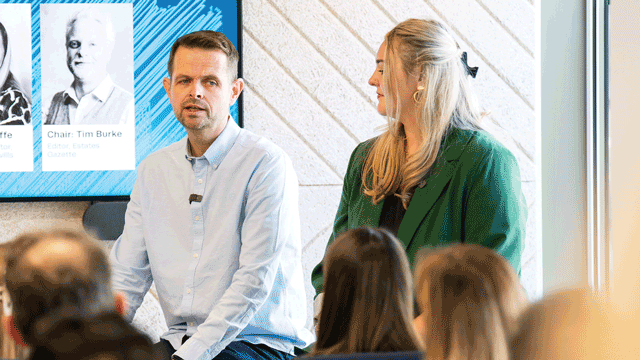COMMENT Safe, stable, and sustainable communities create value that cannot be measured by GDP alone.
All measures of societal equity, from improvements to health and education, deprivation, regional equality, and the alleviation of poverty, are influenced by where we live and work.
Every stage of the development lifecycle has the potential to create social value. So why has strategic land been absent from the sector’s ESG story?
The answer may be that, as enablers of development rather than the face of delivery, strategic land promoters and landowners feel that it’s not their place.
But social value isn’t simply addressed at the delivery stage of a project, it is embedded through the planning process. The vision of how a development looks, feels, and integrates with its surrounding community is the bedrock of a successful and inclusive social value strategy.
And yet, despite the huge array of social value that strategic land unlocks, it is often poorly quantified and – perhaps even less so – shared. This has been the case for strategic land for as long as I have been in profession (and longer).
Setting up a framework
The contradiction between the breadth of value that the strategic land sector creates and the industry’s informal approach to assessing it, is why we set about formalising an ESG framework for our strategic land portfolio.
As one of the UK’s largest landowners, that was never going to be easy. The Church Commissioners’ land portfolio has the capacity to deliver approximately 30,000 new homes with roughly 8,000 houses subject to live planning applications.
The portfolio is also delivering around 7m sq ft for commercial sites, creating new employment opportunities. Behind these figures lie around 100 further sites that are being put forward for development but are yet to be formally identified as local plan allocations.
The sites we put forward vary hugely in scale, from rural exception sites to large-scale new communities, and in geography, they cover the length and breadth of England.
An independent approach
We also knew it had to be independent. To that end, we commissioned consultants Hoare Lea to assist us in developing and formalising our approach to ESG, firstly working with us to identify 10 key topic areas considered most relevant to our portfolio and work.
These covered such areas as mobility and transport connectivity, placemaking and social inclusion, transparency and accountability, housing access and affordability, and engaging/empowering local communities. We then progressed an independent baselining assessment of the portfolio’s current performance against specific metrics for each topic area.
As a landowner with a diverse array of sites in planning and development, that also could better articulate the social value of its strategic land activities, there are lessons we’ve learnt from our ESG study that are relevant to all stakeholders in strategic land – not least local authorities, public sector institutions with land portfolios, landed estates and housebuilders.
Firstly, a baseline appraisal puts into perspective ESG in the round. While the planning process segments development into individual stages, a better understanding of all the constituent elements that make up the environmental and social value of sites has given us an understanding of the need to look at the full spectrum of ESG considerations, from areas as divergent as biodiversity and habitat creation, social inclusion through to sustainable drainage and infrastructure.
The output has been a better understanding of our lines of responsibility, where we can focus our efforts to maximise outcomes for communities and, importantly, what we can control.
This has been particularly important as strategic land promotion means in most cases our frontier is limited beyond securing planning permission.
Setting out our ESG values means that we can take greater comfort that the positive work we do early in the development process has genuine longevity when we pass on the baton to our development partners.
Room for improvements
Undertaking a baselining exercise has also helped us to examine not just the areas where our portfolio is performing well, but to pinpoint those where our practices have room to evolve – such as where a lack of data hampers our ability to capture our outputs effectively – as well as those areas where we need a genuine review of our approach to further the positive environmental and social impact of our sites.
We still have a long way to go to integrate and continually track our ESG performance. It’s not a perfect science and it’s an area that is in a continuous state of flux.
But there are learnings for the industry and much-needed elaboration for communities, statutory bodies and local authorities that we work with, in taking time to step back and evaluate the social value strategic land creates.
Jo Loxton is head of strategic land at the Church Commissioners for England
Photo © Chris Vaughan Photography for Church of England
Follow Estates Gazette











